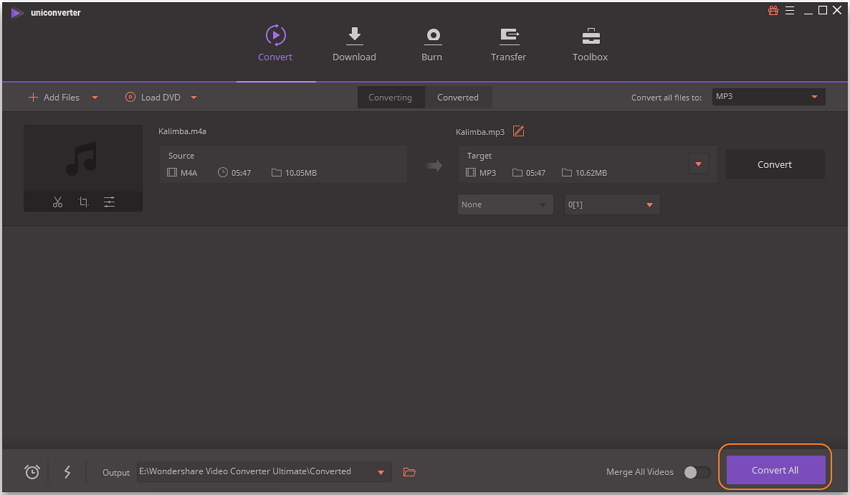

By using lossy formats it enables even dial up users to download mp3 files at a reasonable speed. The reason lossy formats are used over RAW is that RAW audio files are too large to travel over the internet at any great speed. In other words, that means it removes the information that your ear doesn't notice thereby making the file smaller. Instead, MP3 files use perceptual coding.


That means that an MP3 file does not contain 100% of the original audio information. This then enables you to get hundreds of songs on to a CD and it also has opened up a new market over the internet - the download market as download times have been significantly reduced. MP3 gets rid of a lot of the information recorded in a song that our ears are not able to hear and then uses complex algorithms to reduce the file size. MP3 is a digital music format which allows CD tracks to be reduced to around a tenth of their normal size without a significant loss of quality. They do not encode information that is specific to the application software, hardware, or operating system used to create or view the document. A PDF file can be any length, contain any number of fonts and images and is designed to enable the creation and transfer of printer-ready output.Įach PDF file encapsulates a complete description of a 2D document (and, with the advent of Acrobat 3D, embedded 3D documents) that includes the text, fonts, images and 2D vector graphics that compose the document. With its Virtual Singer embedded module, PDFtoMusic Pro also sings the vocal parts.PDF is a file format developed by Adobe Systems for representing documents in a manner that is separate from the original operating system, application or hardware from where it was originally created. From a document in PDF format (that you can generate from any software, even from discontinued products), PDFtoMusic Pro rebuilds the original score, and exports it for instance into MusicXML format, useable in most of the professional score editors.įrom a PDF file, PDFtoMusic Pro extracts in a few seconds the music-related elements, and enables to play the score, or to export it in miscellaneous formats, like MusicXML, MIDI, Myr (Harmony Assistant files), or in a digital audio format like WAV ou AIFF. This way of thinking now belongs to the past. Until now, the only solution was either to input your score again completely, or to print them and to use an optical recognition software to convert them, with more or less success, into editable documents. You own scores in PDF format, and you'd want to modify them with your favorite score editor? The scores you created with your old score editor are no more compatible with the new one?


 0 kommentar(er)
0 kommentar(er)
